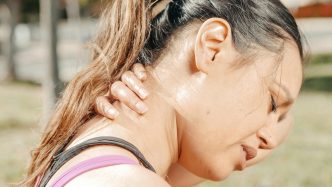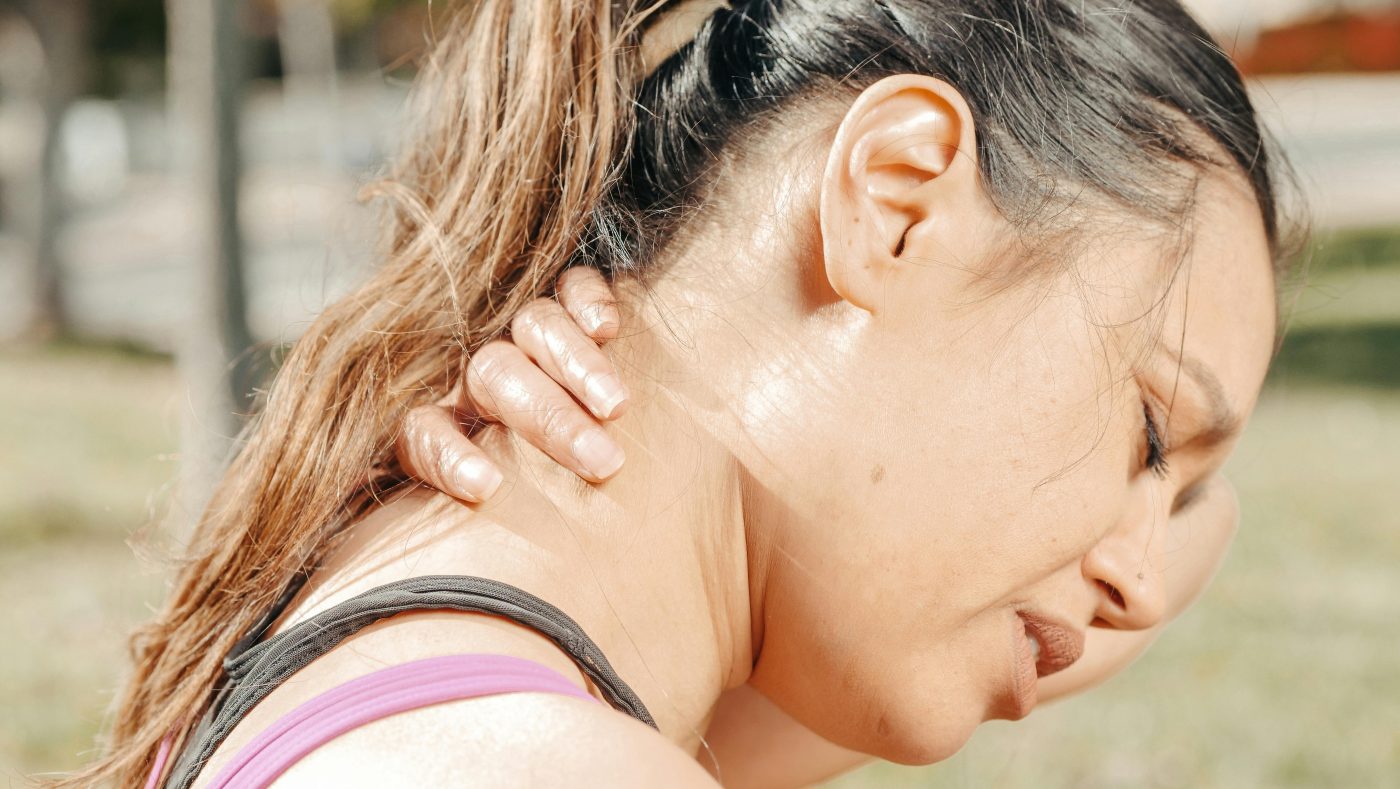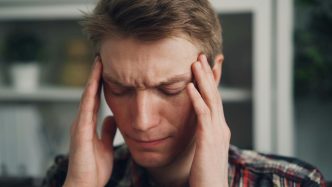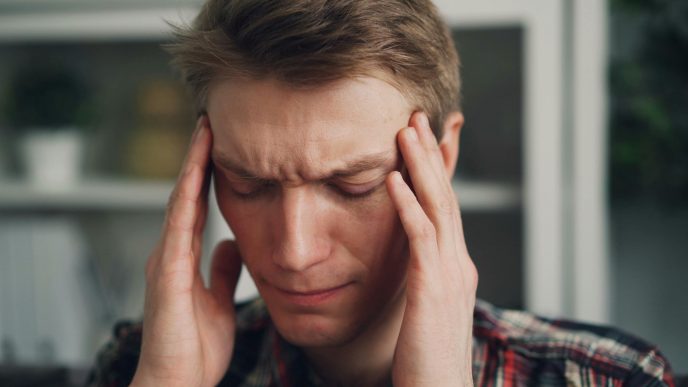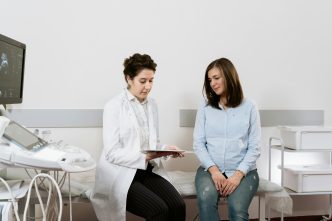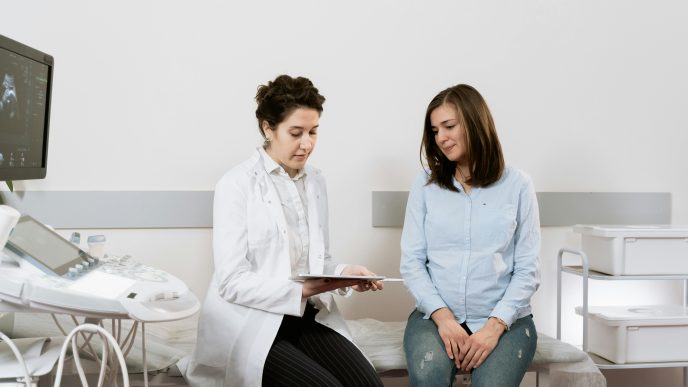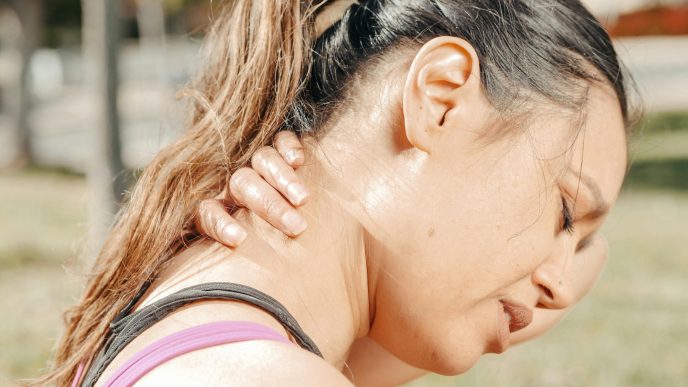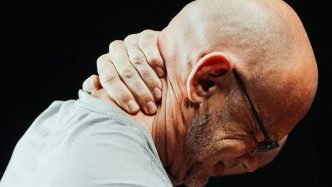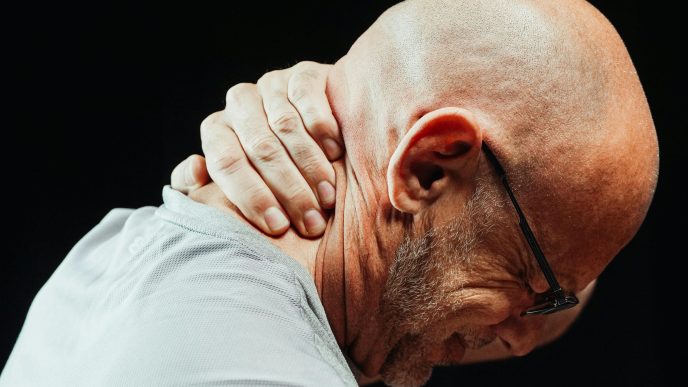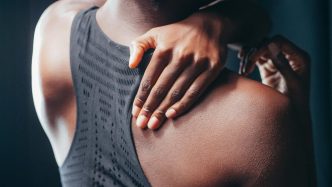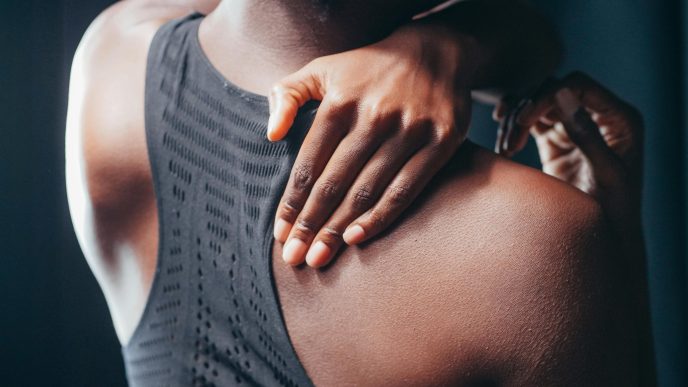Who this page is for: Adults over 50 who have new, deep aching pain and stiffness in both shoulders and/or hips—especially worse in the morning.
What PMR is — in plain words
Polymyalgia rheumatica (PMR) is an inflammatory condition. It makes the tissues around your shoulders and hips feel sore and very stiff. Many people say mornings are the hardest, and it can feel like you have a “flu ache.” PMR usually begins after age 50 and is more common in people over 65.
What PMR feels like
- Aching and stiffness in both shoulders (often the neck and upper arms)
- Aching and stiffness in both hips or thighs
- Morning stiffness that lasts 45 minutes or longer
- Trouble lifting your arms or getting out of a chair because of pain and stiffness (not true muscle weakness)
- Low energy, poor appetite, or low-grade fever can happen, too.
Signs that point away from PMR
- Pain on only one side
- Numbness or tingling (more like a nerve problem)
- True muscle weakness (for example, you can’t stand from a chair because your muscles are weak—not because you’re stiff)
- Pain mainly in the hands or feet (think other kinds of arthritis)
How doctors figure it out
Doctors listen to your story, examine the painful areas, and look at blood tests for inflammation called ESR and CRP. Imaging like ultrasound or MRI may help show inflammation around the shoulders or hips. Doctors also consider look-alike problems (thyroid disease, shoulder tendon tears, hip osteoarthritis, infection, and more). In some cases, the diagnosis becomes clearer by how you respond to treatment over days to weeks.
Important: A small portion of people with PMR also have giant cell arteritis (GCA), an inflammation of arteries that can threaten vision. New headaches, scalp tenderness, jaw pain with chewing, or any vision change are urgent symptoms—seek same-day care.
What to do next
- Book a visit with your primary-care doctor or a rheumatologist.
- Track morning stiffness time and pain scores (0–10) twice a day for a week.
- List your medications and supplements.
- Move gently—short walks and slow shoulder/hip range-of-motion help most people.
- Don’t start leftover steroids on your own; doses and tapers must be personalized.
